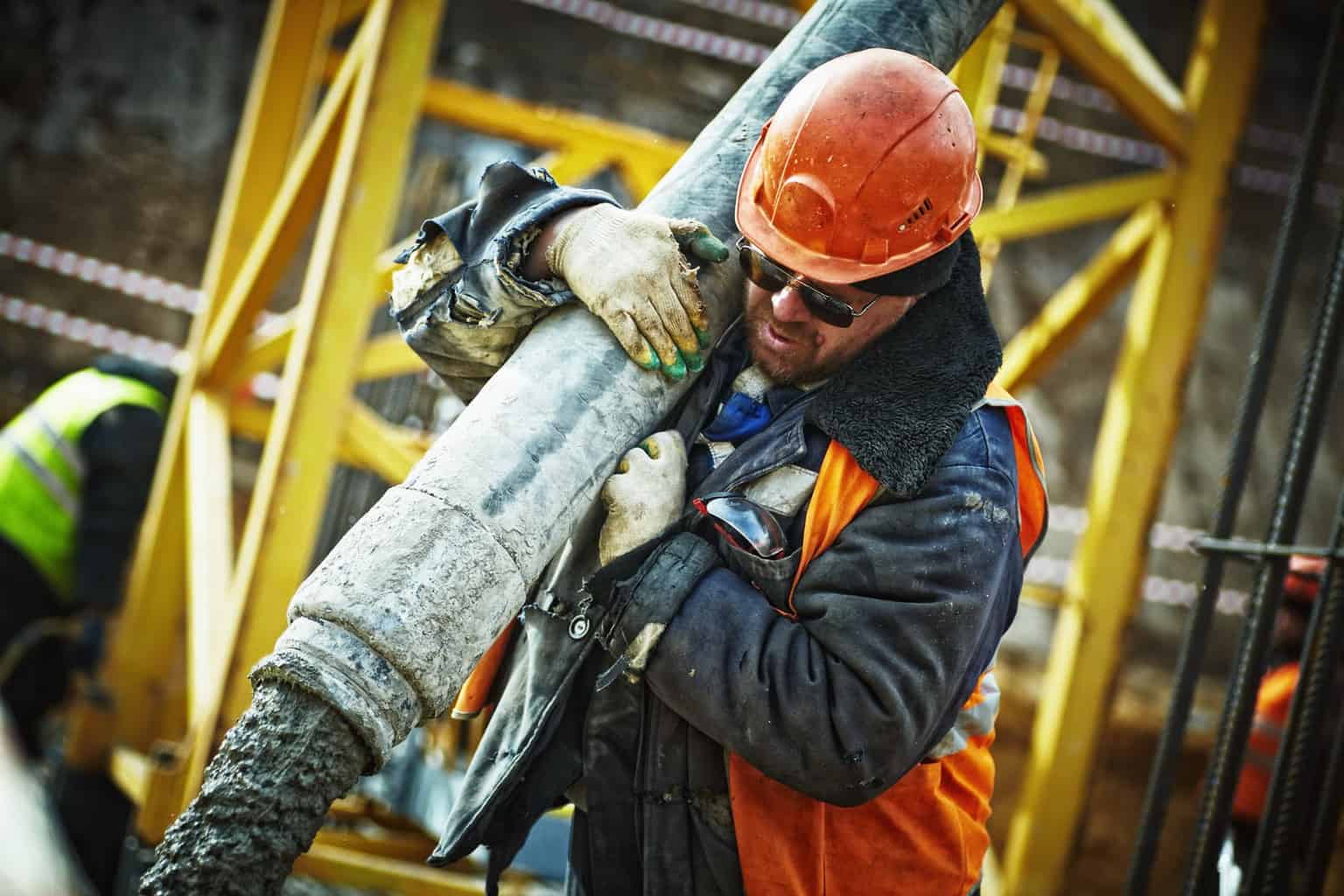The Construction Index reports that more than half of builders in the UK have been victims of theft, with more than 50% having had their vans damaged and tools stolen.
In an interview, FMB chief executive Brian Berry stated that tools were being stolen from vans and directly from construction sites. “Some builders have even been assaulted by would-be thieves. The impact of this on the nation’s smaller building firms is particularly disruptive. Not only is there a high cost in terms of both time and money spent replacing these expensive tools, and to fix the damage caused, but without the right tools, firms are simply unable to work,” he explained.
Builders are currently adopting a range of measures to limit tool theft. This can range from bringing tools inside after work, installing extra locks on vans and parking against a wall. Apart from these simple solutions, here are some other ways to protect a construction site from thieves:
Remove temptations
Leaving tools, no matter how big or small, lying around a construction site after work hours is like leaving out an invitation for thieves. Professional Builder suggests locking everything away in safe storage or taking the tools and equipment off-site. If the tools are too big, marking each with indelible ink or an identification mark can help in the recovery, especially if the equipment is listed on a police-approved national tool register.
Invest in high-quality sheds
If you do leave the tools on-site it pays to invest in a good quality shed to store them in. T3’s guide to choosing the best shed details how metal designs are more resilient than wooden sheds. This means that they will last longer on a construction site. In terms of security, a metal shed would be much harder to break into. Of course, it is up to the builders to make sure the shed is secure with good locks. Screwfix has a number of metal sheds that now come with two padlock points, which will allow builders to have an extra level of protection. It is also best to purchase a shed without a window, which would be an easy access point for thieves. A metal shed can also be constructed and broken down much quicker than a regular wooden shed, meaning it could be transported easily from site to site.
Go digital
Electrical Contractor Magazine notes that digital advancements like mobile technology and artificial intelligence have made it easier for contractors to monitor multiple locations at a time. Security cameras can now be controlled through mobile phones by simply downloading an app; these allow contractors to view the site 24/7. Not only that, installing tracking devices on tools is now an option. Cloud-based software can help track tools that have been fitted with a tracking device. This means a contractor can now monitor when the tools are being used and in some cases where they are.
Create a multilayer approach
Start at the site boundary by incorporating physical deterrents like strong walls and perimeter fences. Intruder alarms, high-quality locks, and controlled entry points are also great deterrents. Even installing signs that advertise the site’s security measures could make thieves think twice about entering the construction site. If it is a large site, then controlled entry points and patrols can also help make sure no one is on the site during the hours when it is closed. Keeping the construction site illuminated even when it’s closed will also help deter thieves.
It is a sad fact that scaffolding and tool theft happen across the UK. The rising demand for construction equipment is currently growing, which is one of the reasons why the number of cases is increasing, as well as the equipment being sold at metal collection sites. But like any other industry, prevention and constant vigilance are the best solutions. The above steps may not seem like much, but they could make all the difference.


